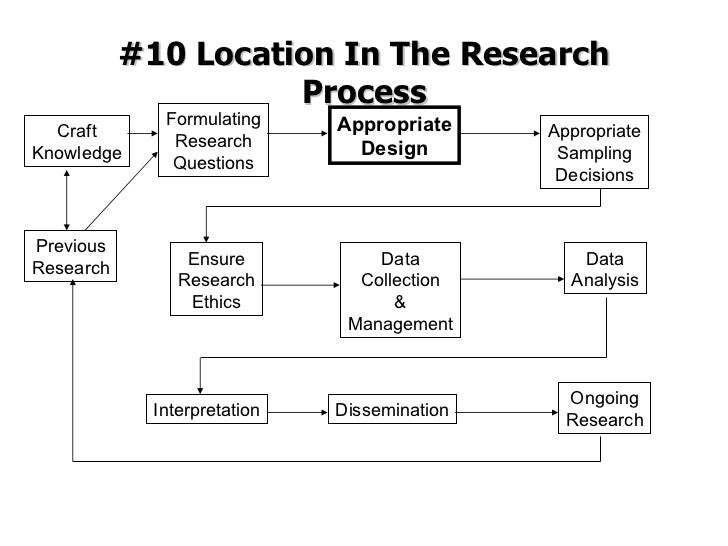Table Of Content

Between-subjects studies require at least twice as many participants as a within-subject design, which also means twice the cost and resources. If the researcher is interested in treatment effects under minimum practice, the within-subjects design is inappropriate because subjects are providing data for two of the three treatments under more than minimum practice. In within-subjects studies, the participants are compared to one another, so there is no control group. The data comparison occurs within the group of study participants, and each participant serves as their own baseline. Even without such an obvious bias as your personal preferences, it’s easy to get randomization wrong.
Chapter 3: Social Judgement and Decision-Making
The complete guide to using LinkedIn Groups - Sprout Social
The complete guide to using LinkedIn Groups.
Posted: Thu, 04 May 2023 07:00:00 GMT [source]
With this more manageable population, we can work with the local schools in selecting a random sample of around 200 fourth graders who we want to participate in our experiment. A between-subjects design would require a large participant pool in order to reach a similar level of statistical significance as a within-subjects design. You typically would use a within-subjects design when you want to investigate a causal or correlational relationship between variables with a relatively small sample. Any type of user research that involves more than a single test condition must determine whether to be between-subjects or within-subjects.

Independent Measures
However, there are times when a researcher does not have control over this, such as when they conduct an experiment at a school where classes have already been established. In general, a true experiment is always considered superior methodological to a quasi-experiment. A within-subjects design should not be used if researchers are concerned about the potential interferences of practice effects. The primary goal of a within-subjects design is to determine if one treatment condition is more effective than another.
Within-Subject Designs Require Fewer Participants
She is currently studying for a Master's Degree in Counseling for Mental Health and Wellness in September 2023. That means that they also require more resources to recruit a larger sample, administer sessions, and cover costs etc. After a person has completed a series of tasks on a car-rental site, they are more knowledgeable about the domain than she was before. For example, they may now know that car-rental sites charge an extra fee for drivers under 21, or what a collision-damage waiver is. That knowledge will likely help them become more efficient on a second car-rental site, even though that second site may be very different from the first. Saul Mcleod, PhD., is a qualified psychology teacher with over 18 years of experience in further and higher education.
How behavioral science can be used to build the perfect brand
One member of each matched pair must be randomly assigned to the experimental group and the other to the control group. Between-subjects and within-subjects designs can be used in place of each other or in conjunction with each other. Each participant is only assigned to one treatment group, so the experiments tend to be uncomplicated. Scheduling the testing groups is simple, and researchers tend to be able to receive and analyze the data quickly. For example, exposure to a reaction time test could make participants’ reaction times faster in a subsequent treatment if the same subjects participated in both conditions.
While a between-subjects design has fewer threats to internal validity, it also requires more participants for high statistical power compared to a within-subjects design. Factorial designs are a type of experiment where multiple independent variables are tested. Each level of one independent variable (a factor) is combined with each level of every other independent variable to produce different conditions. Between-subject and within-subject designs can be combined in a single study when you have two or more independent variables (a factorial design). First, multiple variables, or multiple levels of a variable, can be tested simultaneously, and with enough testing subjects, a large number can be tested.

This is not as powerful a technique as complete counterbalancing or partial counterbalancing using a Latin squares design. Use of random counterbalancing will result in more random error, but if order effects are likely to be small and the number of conditions is large, this is an option available to researchers. These two types of designs can also be combined in a single study when you have two or more independent variables. In a between-subjects design, or a between-groups design, every participant experiences only one condition, and you compare group differences between participants in various conditions. It’s the opposite of a within-subjects design, where every participant experiences every condition. The next step of the experimental process is to split the participants into experimental and control groups through random assignment.
Further reading
Research Design + Statistics Tests by Kamil Mysiak - Towards Data Science
Research Design + Statistics Tests by Kamil Mysiak.
Posted: Wed, 19 Aug 2020 07:00:00 GMT [source]
You should also use masking to make sure that participants aren’t able to figure out whether they are in an experimental or control group. If they know their group assignment, they may unintentionally or intentionally alter their responses to meet the researchers’ expectations, and this would lead to biased results. The major advantage of this type is it controls for all the threats to internal validity the others ones have. Random assignment is also critical to equally distribute potential confounds—unknown factors that could contribute to the observed results. Researchers don't know everything, so there's always a possbility that additional and unanticpated variables are responsible for an outcome.
Confounding variables
The second is that each participant is assigned to a condition independently of other participants. Thus one way to assign participants to two conditions would be to flip a coin for each one. When the procedure is computerized, the computer program often handles the random assignment. The primary distinction we will make is between approaches in which each participant experiences one level of the independent variable and approaches in which each participant experiences all levels of the independent variable. The former are called between-subjects experiments and the latter are called within-subjects experiments.
A Latin square for an experiment with 6 conditions would by 6 x 6 in dimension, one for an experiment with 8 conditions would be 8 x 8 in dimension, and so on. So while complete counterbalancing of 6 conditions would require 720 orders, a Latin square would only require 6 orders. In a between-subjects design, each participant is only given one treatment, so every session can be fairly quick. For example, let’s say you have some bushes and you want to see if the fertilizer you bought makes any difference in the growth of the bushes. You divide the bushes into two groups, one that receives the fertilizer (experimental group), and one that does not (controlled group). You measure the height of the bushes before the experiment to be sure they are the same.
You might decide to have the first half of the test users start with site A and have the second half of the users start with site B. However, this is not a true randomization, because it’s very likely that certain types of people are more likely to agree to a study during the weekend and other types of people are more likely to sign up for your weekday testing slots. Individual participants bring in to the test their own history, background knowledge, and context. One may be tired after a long night of partying, another one may be bored, yet another one may have received a great news just before the study and be happy.

No comments:
Post a Comment